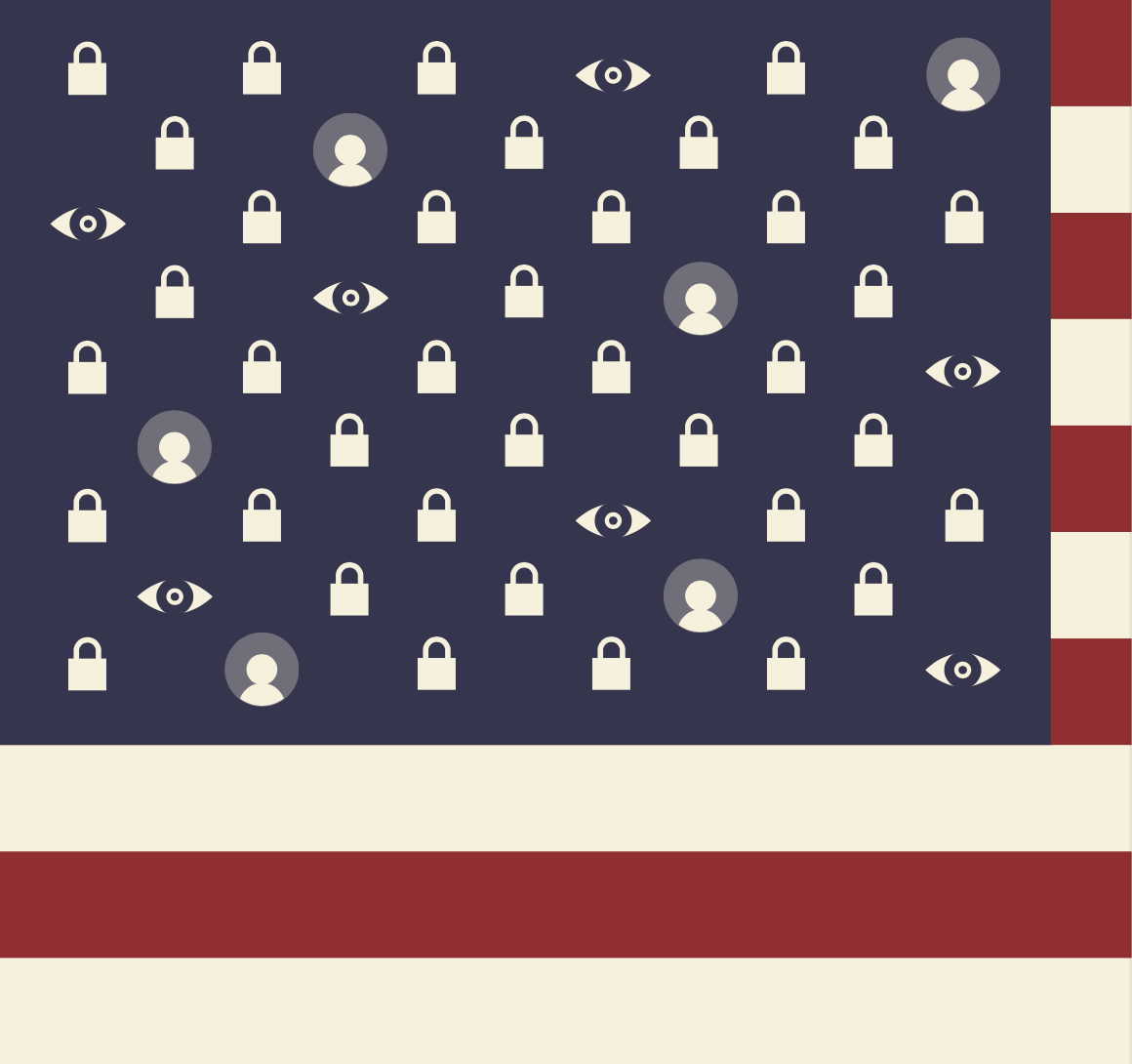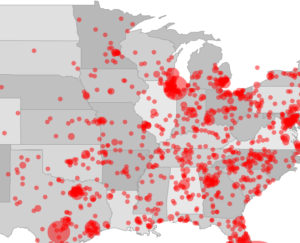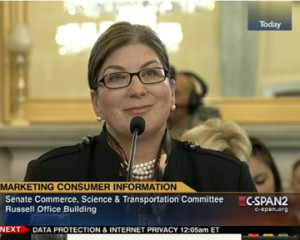WPF Strongly Endorses Centralized Data Broker Opt-Out Mechanism
Data Broker opt out — WPF, in 2011 comments to the FTC, urged the FTC to create a centralized place for consumers to opt-out of data broker tracking. This is a long-standing issue WPF has worked on. Previously, WPF filed a petition in 2009 to the FTC regarding mail-in data broker opt outs, which resulted in an FTC action and improvements for consumers. In its new report published today, the FTC has picked up WPF’s centralized opt out recommendation, specifically citing WPF’s comments. From its report: “The Commission recommends that the data broker industry explore the idea of creating a centralized website where data brokers that compile and sell data for marketing could identify themselves to consumers and describe how they collect consumer data and disclose the types of companies to which they sell the information.” The WPF strongly supports this idea and views assistance to consumers in this area as vital.





